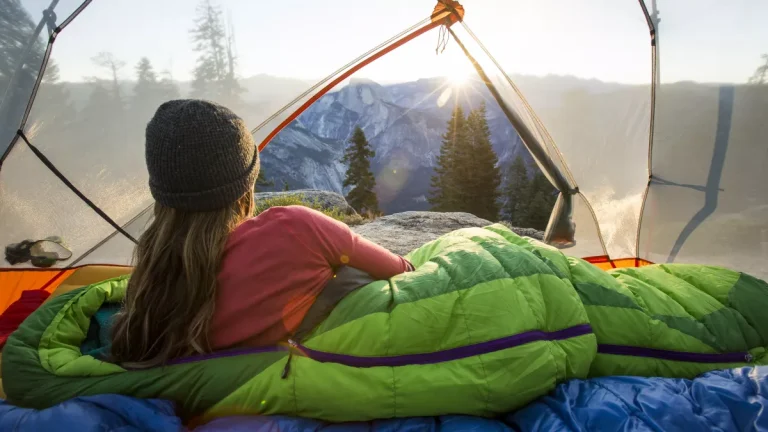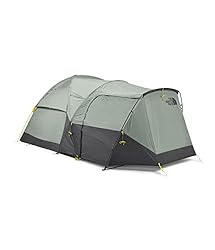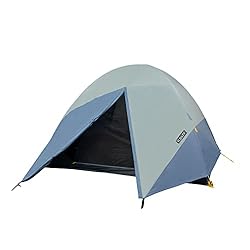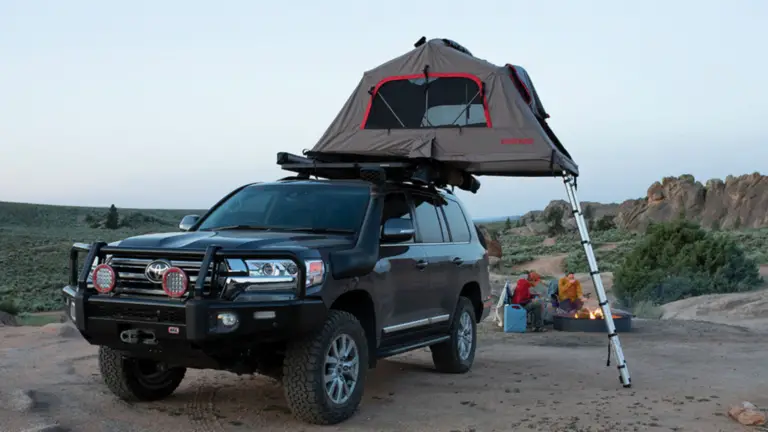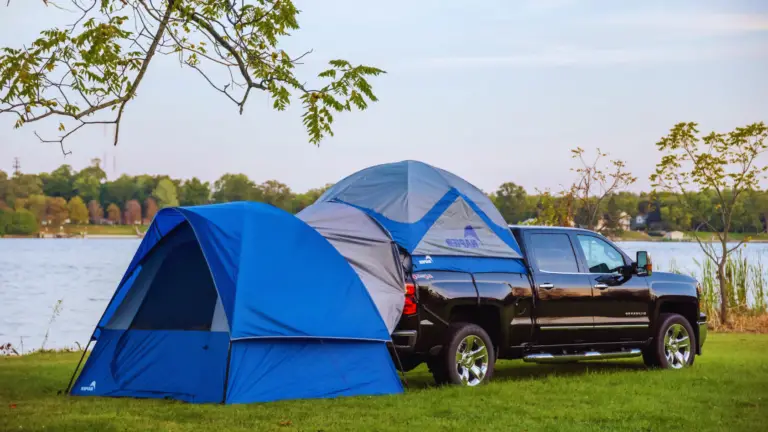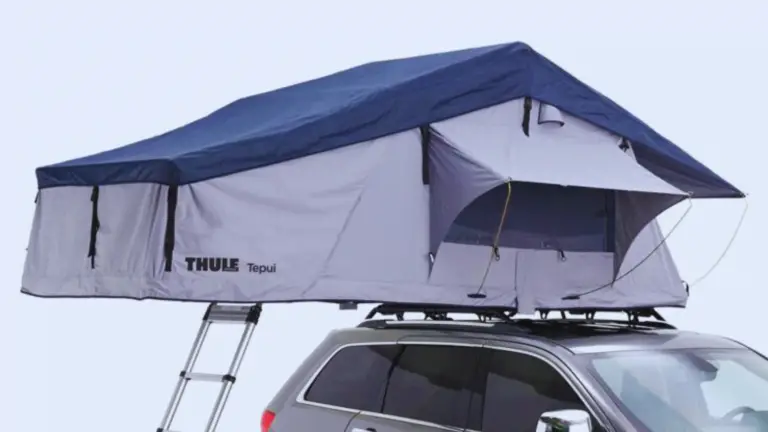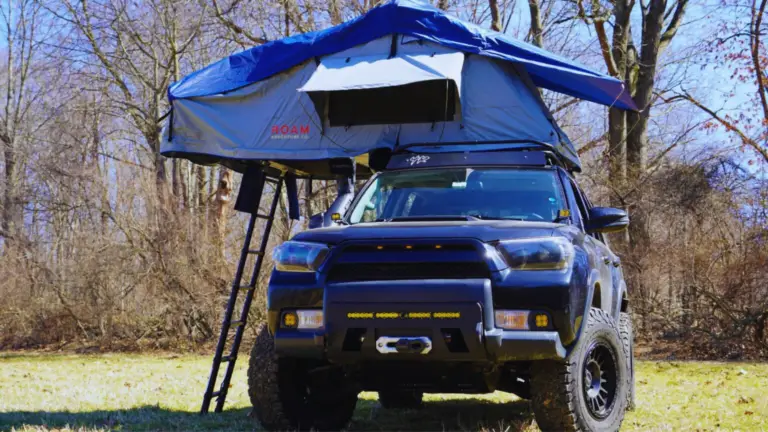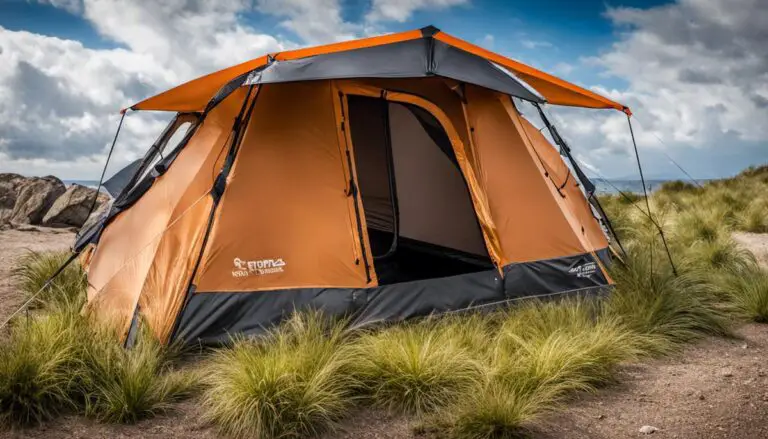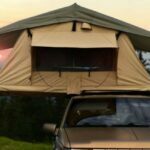Follow our tips on How to Stop Condensation in a Tent for a cozy and dry camping experience.
Condensation is the process by which water vapor in the air cools and turns into liquid droplets, forming on various surfaces like glass, metal, and tent walls. In the context of camping, condensation can cause discomfort and even damage to your tent and gear if not properly managed.
Preventing condensation in a tent is crucial for a comfortable and enjoyable camping experience. Excessive moisture inside a tent can lead to damp gear, poor sleep quality, and potential health issues due to mold and mildew growth.
In this article, we will explore the causes of condensation in tents and provide tips to prevent and manage it, ensuring a dry and comfortable camping experience.
Table of Contents
ToggleCauses of Condensation in Tents
1. Temperature differences
Condensation occurs when warm, moist air inside the tent comes into contact with the cooler tent walls, causing the air to cool and release moisture as liquid droplets. This happens because warm air can hold more moisture than cool air, so when the warmer air cools down, it reaches a point where it can no longer hold all the moisture it contains. This excess moisture then condenses on surfaces that are cooler than the air, such as the tent walls, creating water droplets. This can be a common problem in cold or rainy weather, especially if there is inadequate ventilation inside the tent to allow the moist air to escape. Camping in drier or warmer conditions, or using proper ventilation techniques, can help to reduce or prevent condensation inside a tent.
2. Humidity levels
High humidity levels—caused by factors like wet weather, damp clothing, or even breathing—can lead to increased condensation inside the tent. This can cause various problems such as dampness, mildew, and even mold growth inside the tent, which can make it uncomfortable to sleep in and pose health risks.
To reduce condensation in a tent, it is important to ensure good ventilation by opening vents and doors to allow proper air circulation. Using a tent heater or leaving the tent open during the day can also help to dry out the inside.
Additionally, using a groundsheet underneath the tent and avoiding touching the walls with damp clothing can help to prevent condensation.
3. Lack of ventilation
Poor ventilation in a tent can trap warm, moist air inside, exacerbating the condensation problem. This can lead to a variety of issues, including a damp sleeping environment, mildew growth, and even the degradation of the tent’s waterproofing capabilities.
To combat this, it’s important to choose a tent with adequate ventilation features, such as mesh windows and vents, and to practice good camping habits, such as leaving the tent door open during the day and avoiding cooking inside the tent.
Additionally, using a dehumidifier or absorbent materials such as silica gel packets can help to reduce moisture in the air and prevent condensation buildup.
4. Tent materials
The type of tent material, such as single-wall or double-wall designs, can impact the amount of condensation that forms inside the tent. Single-wall tents typically have a greater potential for condensation because they rely on a single layer of fabric to provide both waterproofing and breathability. This can lead to moisture buildup inside the tent, especially in humid or rainy conditions.
On the other hand, double-wall tents have separate layers for waterproofing and breathability. The outer rainfly provides waterproofing while the inner tent provides breathability. This creates better ventilation and helps to reduce condensation inside the tent.
Other factors that can impact condensation in tents include the level of humidity, temperature, and air flow inside the tent. Proper ventilation and airflow can help to reduce moisture buildup and prevent condensation from forming on the walls and ceiling of the tent.
Tips to Prevent Condensation in Tents
1. Site selection
Choose a campsite with good air circulation and avoid low-lying areas where cold air and moisture tend to pool. Also, look for a campsite that has trees or natural barriers that can block strong winds but still allow for air circulation. This will provide a comfortable and safe environment for your camping experience.
Additionally, avoid setting up tents near stagnant bodies of water as they can attract mosquitoes and other bugs, which can be annoying and potentially pose health risks.
2. Ventilation
Ensure proper airflow by opening vents and utilizing mesh windows or doors, which help to release moisture from inside the tent.
- Choose a tent with good ventilation: Some tents come with built-in ventilation systems in the form of windows or vents. Check the product specifications before purchasing.
- Open the vents: If your tent has vents, be sure to keep them open. This allows fresh air to circulate through the tent and push out stale air.
- Place the tent in a breezy spot: If possible, set up your tent in an area with a natural breeze to help increase airflow.
- Use mesh windows or doors: Many tents come with mesh windows or doors that allow air to flow in and out of the tent while still keeping bugs out.
- Use a fan: If you have access to electricity, you can use a small fan to help circulate air through the tent.
- Keep doors and windows partially open: While you don’t want to leave your tent completely open, keeping doors and windows partially open can help increase airflow.
3. Camp hygiene
Keep the inside of the tent clean and dry by removing wet clothing, shoes, and gear, and avoid cooking or boiling water inside the tent. This will help to prevent moisture and humidity from building up inside the tent, which can cause tent condensation and make the inside of the tent damp or wet.
Additionally, cooking or boiling water inside the tent can be dangerous as it can create a fire hazard and release carbon monoxide, which is toxic if inhaled in high amounts. Instead, set up a cooking area outside of the tent, preferably downwind from the tent to avoid smoke and odors from drifting into the tent. Remember to store all food and trash in bear-resistant containers or hang it from a tree to keep it away from bears and other wildlife.
4. Using a footprint or groundsheet
These provide an extra barrier between the ground and the tent floor, helping to reduce moisture seeping in from below. Ground cloths are an essential accessory that every camper must take along on their camping trips. These simple yet effective camping tools are designed to provide an extra barrier between the ground and the tent floor, helping to reduce moisture seeping in from below.
By keeping the ground moisture at bay, ground cloths help to eliminate condensation inside the tent, creating a more comfortable living environment. Apart from reducing moisture, the ground cloths also keep twigs, stones, and various other debris at bay, thereby protecting the tent floor from tears and punctures. Investing in a good quality ground cloth is, therefore, an absolute must as it ensures that your tent remains dry and comfortable, allowing you to get a peaceful and blissful night’s sleep.
5. Use a rainfly
A rainfly helps to create a barrier between the tent and the outside elements, reducing the temperature difference and the likelihood of condensation from happening inside. It also provides protection against rain and wind, keeping the interior of the tent dry and comfortable.
A rainfly can also enhance ventilation in the tent, allowing air circulation and preventing stuffiness. Additionally, it helps to preserve the longevity of the tent by shielding it from UV rays and other environmental factors. Investing in a high-quality rainfly can greatly improve the camping experience and ensure a comfortable and enjoyable trip.
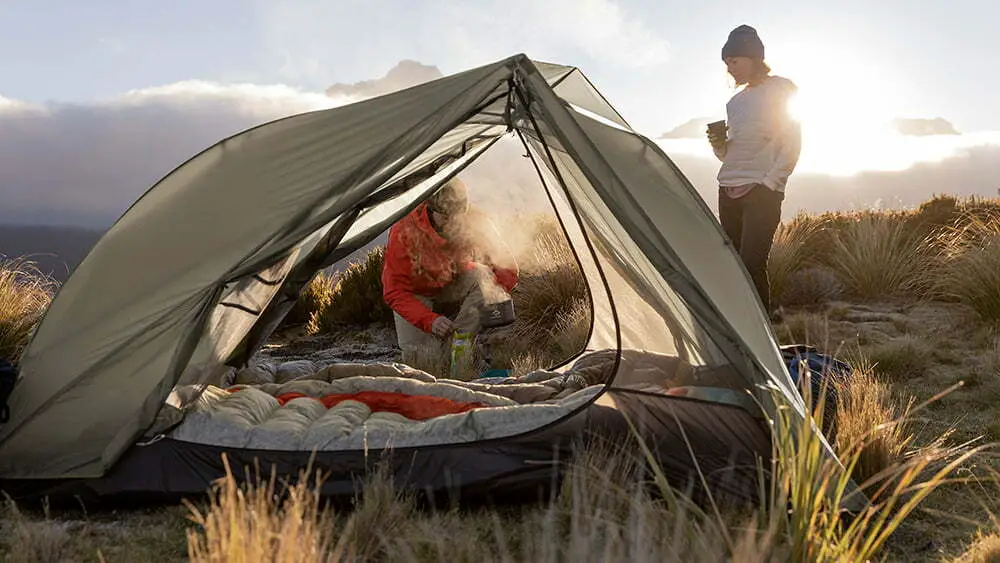
Tips to Manage Condensation in Tents
1. Wipe down interior surfaces
When camping in a humid environment, it’s important to prevent mold and mildew from growing inside the tent. One way to do this is to use a cloth or sponge to periodically remove moisture from the tent walls and ceiling. This will help keep the air inside the tent dry and fresh, and prevent any musty odors. Make sure to wring out the cloth or sponge outside the tent to avoid introducing more moisture. Additionally, consider opening the tent windows or vents to increase air circulation and reduce humidity.
2. Pack a microfiber towel
These are lightweight, absorbent, and quick-drying, making them ideal for managing condensation inside the tent. They can also be used for cleaning up spills or wiping down gear, and take up minimal space in your pack. You can find them at camping stores or online, and they come in a variety of sizes and colors. Plus, microfiber towels are a more eco-friendly option than disposable paper towels or wipes.
3. Use moisture-absorbing materials
Consider using moisture-absorbing packets or containers to help reduce humidity levels inside the tent. These materials can include silica gel packets, desiccant bags, or calcium chloride crystals. Simply hang them up inside the tent or place them on the ground to absorb excess humidity. Make sure to change them out regularly to ensure maximum effectiveness. Additionally, avoid bringing in wet clothes or gear into the tent and wipe down any condensation on the walls or ceiling to further reduce moisture levels.
4. Use a tent heater
A tent heater can help maintain a consistent temperature inside the tent, reducing the likelihood of condensation. Make sure to use a heater that is specifically designed for tents and has safety features such as an automatic shut-off if it overheats or tips over. Be sure to read and follow all instructions and safety precautions. Additionally, ensure that your tent is properly ventilated to prevent the buildup of harmful gases such as carbon monoxide. Never leave a heater unattended, especially while sleeping.
How to Stop Condensation in a Tent: Final Thoughts
By understanding the causes of condensation in tents and following the tips provided, you can prevent and manage condensation effectively, ensuring a dry and comfortable camping experience.
Addressing condensation is crucial for maintaining the integrity of your tent and gear, as well as providing a comfortable environment for sleeping and relaxation during your camping adventure.
With these tips in mind, you can confidently enjoy your next tent camping experience, knowing that you’ve taken the necessary steps to prevent and manage condensation for a dry and comfortable stay. Happy camping!
